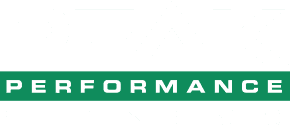How far do you live from Peak Performance? A five minute drive? Ten minute drive? Have you ever noticed the actual mileage when you’re driving here? Peak is probably closer than you think! Have you tried walking or biking as your mode of transportation to get to the gym?
An individual weighing about 150 lbs. can burn about 300 calories per hour walking depending on their pace! Would you rather burn 300 calories or $2.50 on a gallon of gas?
Lynbrook Peak
- Hewlett (by Trader Joe’s)- 2.0 miles
- Lynbrook Train Station- 0.5 miles
- Malverne Train Station- 1.4 miles
- East Rockaway High School- 1.2 miles
- Woodmere- 3.2 miles
- Valley Stream North HS- 2.6 miles
New Hyde Park Peak
- NHP Train Station- 1.3 miles
- Tulip Ave Floral Park- 2.1 miles
- Glen Oaks Shopping Center- 1.5 miles
- Michael J Tully Park- 2.0 miles
Pace yourself! Think about your speed when walking/running on the treadmill and give yourself enough travel time. Average walking speed is about 3.0 mph. What about cycling? The average cyclist can ride about 10 mph at a comfortable pace, whereas cyclists on a racing bike travel about 25 mph in the Tour de France.
Earth Day is Saturday, April 22! Team Peak is challenging you to walk, run, or bike to the gym.
- Know your body’s limits- if you live a little further than you can travel without a car, try to carpool with a gym friend.
- Have a friend or family member drop you off while they run errands- then try walking back home.
- Consider public transportation! There are bus stops all along Merrick Road and they stop right in front of Peak Performance.
- There are plenty of ways to reduce our footprint on earth while working on our personal health and fitness goals!
By Louise Mills-Strasser

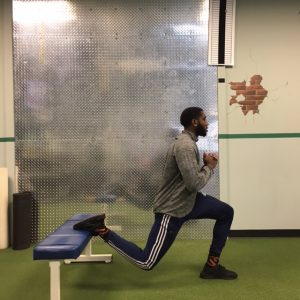
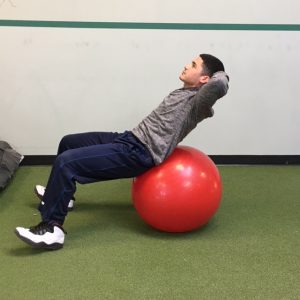
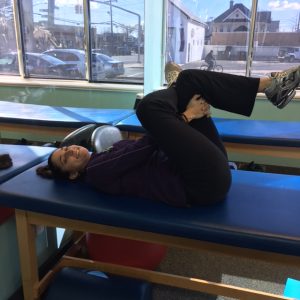
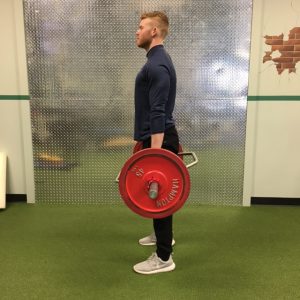
 Speaking from personal experience, not less than a week ago I was playing basketball, jumped up for the ball and came down with all my weight and ended up rolling my ankle. Not only is this terrifying but an eye-opener as well. Escaping with just a bad “grade 2 sprain,” I could have easily fractured a bone or worse. Why wasn’t it worse? Luck, maybe. The fact that I have a strong muscular foundation surrounding and supporting my ankle is what kept me from completely shattering it. The muscles around your ankle hold it together, think of it like a house; you wouldn’t want your house built out of sticks. Same premise applies.
Speaking from personal experience, not less than a week ago I was playing basketball, jumped up for the ball and came down with all my weight and ended up rolling my ankle. Not only is this terrifying but an eye-opener as well. Escaping with just a bad “grade 2 sprain,” I could have easily fractured a bone or worse. Why wasn’t it worse? Luck, maybe. The fact that I have a strong muscular foundation surrounding and supporting my ankle is what kept me from completely shattering it. The muscles around your ankle hold it together, think of it like a house; you wouldn’t want your house built out of sticks. Same premise applies.